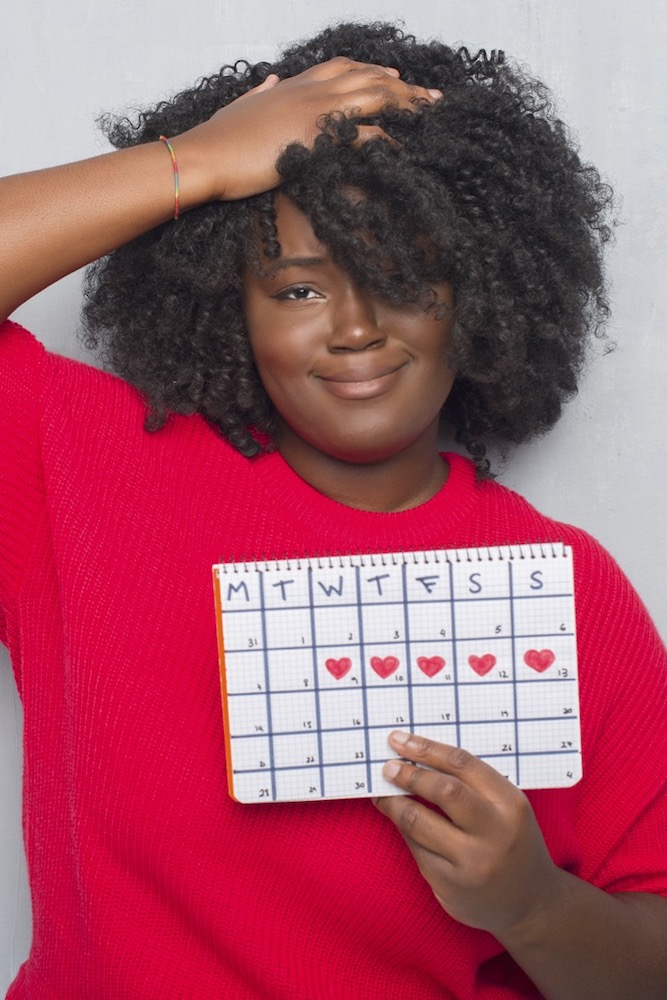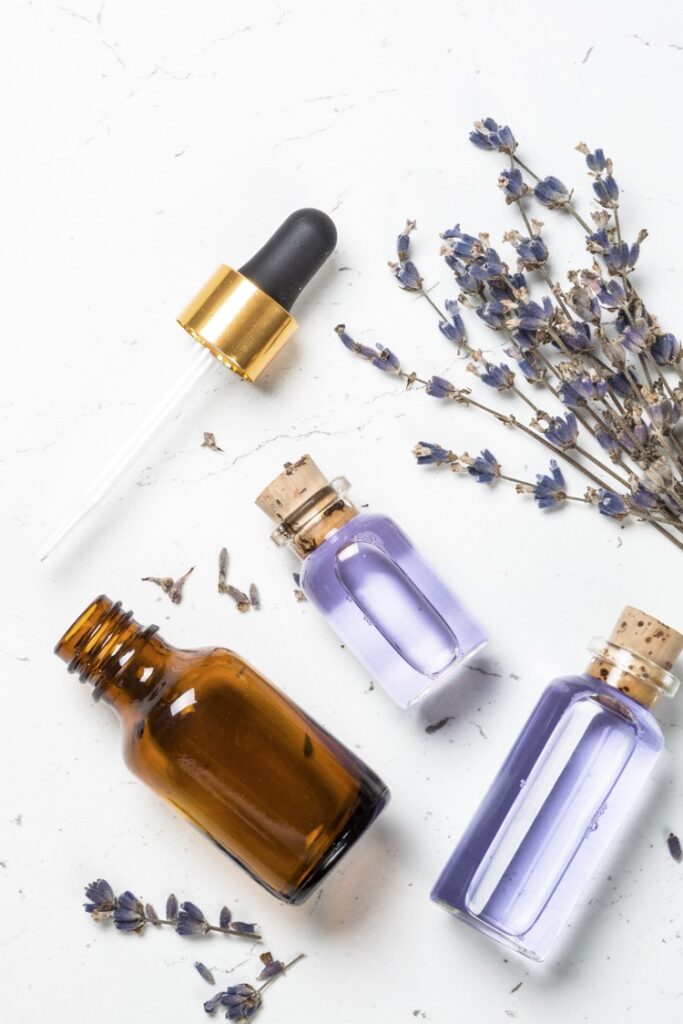Updated: January 25, 2021

The goal of any successful natural journey is healthy hair.
Who are we kidding?
Its long, healthy hair and there are a few elements we have to ensure are kept in balance in order to achieve this goal.
Did you know that the definition of the word “Ayurveda” is balance? So if you’re newly on an Ayurvedic hair journey and are trying to understand when and why you should be using each herb — this is the post you’ve been waiting on.
Each of the Ayurvedic herbs serves a purpose, and now you can understand the key pillars you should focus on.
In this article, we’re going to be breaking down every single aspect of your hair that needs to be kept in balance in order to maintain healthy hair.
What does Balance Mean for Long Natural Hair?
When hair is balanced, it has the following significant characteristics:
- It is not thirsty or lacking in moisture.
- The scalp is not itchy or irritated.
- The hair is not full of toxins.
- It is neither too weak nor too strong.
- It is smooth to the touch, i.e. the cuticles lay down flat.
- The hair has nothing else to do but grow.
What are the Pillars of Balanced Natural Hair?
Here are all the things we have to make sure are balanced, in order to ensure healthy natural hair.
1. Moisture – Protein Balance
Healthy hair is adequately moisturized. It is neither too dry nor overly mushy from being too moisturized. It is shiny and soft to the touch.
How can you tell if your hair is moisturized?
Here’s a neat trick — take a strand of your hair that’s recently shed and tug on it lightly. It should extend and then spring back into place.
If it stretches too much and doesn’t bounce back, your hair is too moisturized and you are suffering from moisture overload.
If on the other hand, it does stretch that much and it snaps relatively quickly. Your hair is not moisturized enough.
You want to try as much as possible to have hair that’s always adequately moisturized. Never let it get too dry. And as soon as you notice your hair is too moisturized, correct it with a protein treatment. You can read about how to make your own protein treatments at home here.
Once your hair gets to a balanced state, you can keep it here by always using a mixture of moisturizing and strengthening ingredients in your routine.
If one week you did a moisturizing deep conditioner, the next week you should use a strengthening one, etc.
To read more about moisture for natural hair, check this post here.
2. Protein – Moisture Balance
As we said in the previous point if your hair is overly moisturized and breaking, it might be in need of a protein treatment.
This is because our hair is made of protein, and it is essential to keeping the integrity of our strands intact.
Because of this, it is important that we both consume enough protein in our diet, and apply enough protein to your hair to keep it healthy. You can read this post for details on proteins, and why its so important for natural hair!
There are tons of Ayurvedic herbs that are rich in proteins and amino acids (the by-product of protein) that you can use to ensure this.
Have a look at this glossary so you can pick the right herbs you need!
3. Porosity Balance
The porosity of your hair is a measure of how raised the outside cuticle of your hair is.
The more open is it, the more receptive it is to water (moisture) and products. Unfortunately, this also makes the water easier to evaporate from the strand. We describe this as high porosity hair.
While the more closed the cuticle is, the less receptive it is to water (moisture). But similarly, the less likely the water is to escape from the hair strand. This, in contrast, is described as low porosity hair.
In this case, balance means being able to open up your cuticles so that you can absorb enough moisture, and being able to close the cuticle after this has happened. No matter your hair’s natural porosity.
For more information on how to find your hair’s porosity, you can check out this post.
4. pH Balance
The pH of the hair is a measure of how acidic or alkaline the hair is. And this is one factor that is very often overlooked in natural hair care.
The pH scale ranges from 0 to 14, with 0 being the most acidic and 14 being the most alkaline.
Water, for example, is considered neutral, with its pH being around 6.5 – 8.5. The ideal pH of hair, however, should always be between 4.5 and 5.5.
Now unless you have a litmus test at home to actually check the pH of your hair, there are a few other ways you can tell that your pH may be off-balance.
- Your hair is excessively frizzy
- It is impossible to rehydrate your hair no matter how hard you try
- The hair looks dull or lifeless, even though its moisturized
- The scalp is itchy or inflamed
This can happen when the products you use in your hair routine are either too acidic or too alkaline so they throw your hair off balance.
You can avoid this by not changing your products too frequently, or using many different store-bought products together when you don’t know how they work together chemically.
Now, the easiest way to rebalance the hair is by doing an Apple Cider Vinegar rinse on your hair and scalp. You can read more about how to make and use an ACV rinse in this post.
Warning: you shouldn’t do this too often or you risk making your hair too acidic. Once again, throwing it off balance.
In conclusion…
Finally, once you have all of these elements in place, you’re on the right track to long healthy hair!
These are the four things to look out for when you’re caring for your natural hair or selecting Ayurvedic herbs to use in your hair routine.
And the best way to ensure balance is to ensure you’re feeding your hair all the nourishment that it needs to grow long and healthy!
Read Next: 11 Things I STOPPED to Get Long Natural Hair!
featured image: source




